Call us now
Sodium Nitrite
Price 55.0 INR/ Kilograms
MOQ : 1000 Kilograms
Sodium Nitrite Specification
- Smell
- Other
- Appearance
- White to slightly yellowish crystalline powder
- Product Type
- Industral
- Physical Form
- Powder
- Ingredients
- Sodium Nitric acid
- Shelf Life
- 1 Years
- Grade
- Industrial
- Density
- 2.17 Gram per cubic centimeter(g/cm3)
- Storage
- Room Temperature
- Properties
- Sodium Nitrite (NaNO ) is a white to pale yellow crystalline powder that is soluble in water. It is mainly used as a corrosion inhibitor, preservative, and chemical intermediate in dyes, pharmaceuticals, and other industrial processes. Sodium Nitrite is toxic if ingested and should be handled with care.
- Shape
- Crystal
- CAS No
- 7632-00-0
- Refractive Rate
- not applicable in solid form
- Ph Level
- 8.0 9.0 (alkaline)
- Solubility
- Soluble in water and alcohol
- Poisonous
- YES
- Melting Point
- 271 C (decomposes)
- Molecular Weight
- 69.00 Grams (g)
- Structural Formula
- NaNO2
- Purity
- 99
- Molecular Formula
- NaNO
- HS Code
- 2834 10 10
- Taste
- Sour
- Application
- Industrial
- Usage
- 1 Corrosion Inhibitor Used in metal treatment and as a corrosion inhibitor in cooling systems. Chemical / Engineering 2 Dye & Pigment Intermediate Employed in diazotization and coupling reactions for dye manufacturing. Dyes & Pigments 3 Pharmaceutical Intermediate Used in synthesis of various organic and medicinal compounds. Pharmaceutical 4 Food Industry (E250) Acts as a preservative and color fixative in meats (food-grade only). Food Processing
- EINECS No
- 231-555-9
Sodium Nitrite Trade Information
- Minimum Order Quantity
- 1000 Kilograms
- Delivery Time
- 7 Days
About Sodium Nitrite
Sodium Nitrite (NaNO) is a white to pale yellow crystalline powder that is soluble in water. It is mainly used as a corrosion inhibitor, preservative, and chemical intermediate in dyes, pharmaceuticals, and other industrial processes. Sodium Nitrite is toxic if ingested and should be handled with care.Versatile Industrial Applications
Sodium nitrite finds widespread use across various industries such as chemical processing, dye and pigment manufacturing, pharmaceuticals, and food processing. Its effectiveness as a corrosion inhibitor protects metal equipment, while its role as an intermediate underpins key chemical and pharmaceutical syntheses. For food safety, only food-grade sodium nitrite is suitable, ensuring meat products maintain their freshness and appearance.
Handling and Safety Precautions
Given its toxic properties, sodium nitrite should always be handled using appropriate safety measures. Store it in a cool, dry area at room temperature and avoid ingesting or inhaling its powder. Always use protective equipment during handling, especially in industrial or laboratory settings. Proper labeling and secure storage help prevent accidental exposure.
FAQs of Sodium Nitrite:
Q: How is sodium nitrite used as a corrosion inhibitor in cooling systems?
A: Sodium nitrite acts by forming a protective oxide layer on metal surfaces, thereby preventing oxidative corrosion in cooling and heating systems. This helps prolong the lifespan and efficiency of metal components in industrial systems.Q: What role does sodium nitrite play in dye and pigment production?
A: In dye and pigment manufacturing, sodium nitrite is used in diazotization and coupling reactions. This process is essential for producing various azo dyes and pigments that are utilized in textiles, inks, and coatings.Q: When is sodium nitrite added during pharmaceutical synthesis?
A: Sodium nitrite serves as a chemical intermediate during the synthetic processes of organic and medicinal compounds. It is typically introduced during specific reaction steps that require nitrosation or diazotization.Q: Where should sodium nitrite be stored for maximum shelf life?
A: Store sodium nitrite at room temperature in a tightly sealed container, away from direct sunlight and moisture. Proper storage under these conditions ensures a shelf life of up to one year without significant degradation.Q: What is the process for using sodium nitrite in food processing?
A: Only food-grade sodium nitrite (E250) can be used in food processing, primarily as a preservative and color fixative in cured meats. It is added in regulated amounts to prevent spoilage and maintain the desired color of processed meat products.Q: What are the main benefits of using sodium nitrite in industrial applications?
A: Sodium nitrite offers several benefits, including preventing metal corrosion, enabling efficient chemical synthesis for dyes and pharmaceuticals, and extending the shelf life of processed meats when used appropriately.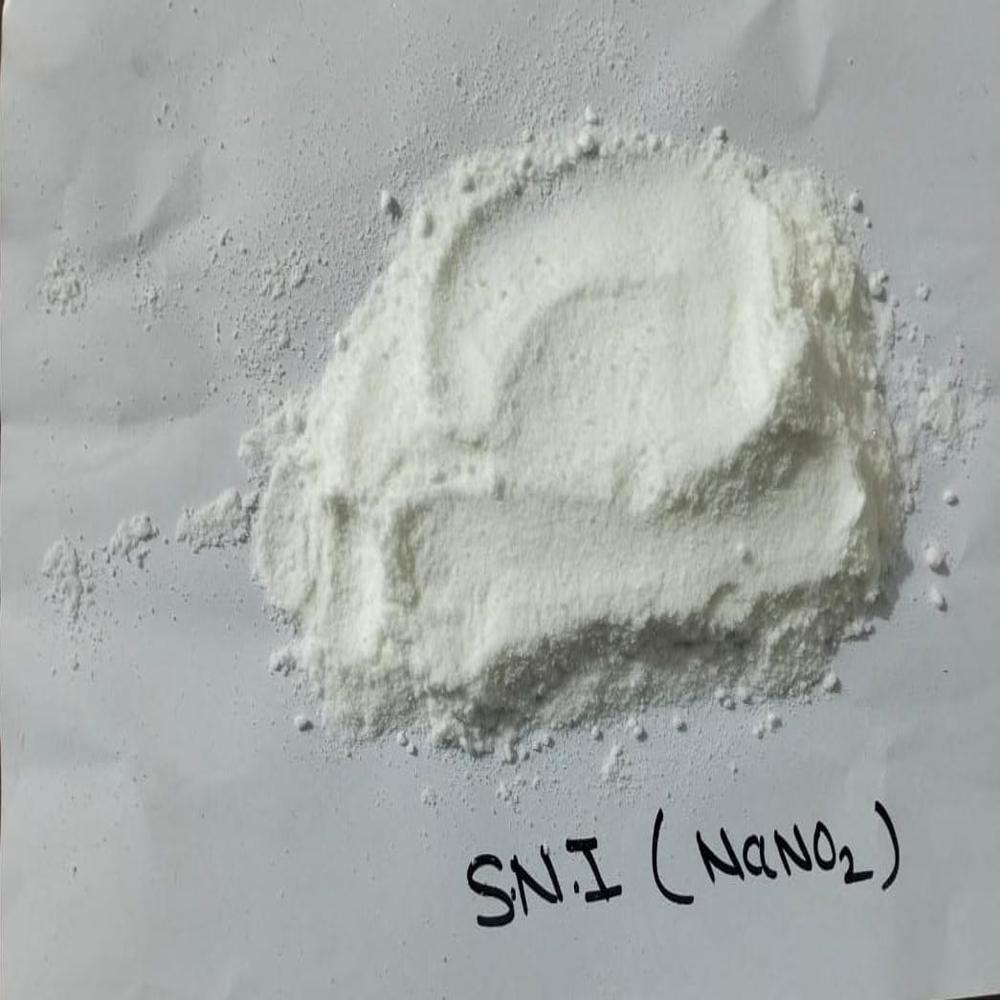
Tell us about your requirement

Price:
Quantity
Select Unit
- 50
- 100
- 200
- 250
- 500
- 1000+
Additional detail
Mobile number
Email
More Products in Industrial Chemicals Category
Ammonium Sulphate Powder
Minimum Order Quantity : 20000 Kilograms
Grade : Industrial Grade
Physical Form : Powder
Storage : Room Temperature
Purity : 99 %
Application : Industrial
Zinc Ash Lumps
Minimum Order Quantity : 5000 Kilograms
Grade : Industrial Grade
Physical Form : Other, Lump
Storage : Room Temperature
Purity : 99 %
Application : Industrial
Acetic Acid
Minimum Order Quantity : 25000 Kilograms
Grade : Industrial Grade
Physical Form : Liquid
Storage : Room Temperature
Purity : 99 %
Application : Industrial
Zinc Ash
Minimum Order Quantity : 5200 Kilograms
Grade : Industrial Grade
Physical Form : Powder
Storage : Room Temperature
Purity : 99 %
Application : Industrial


 Send Inquiry
Send Inquiry
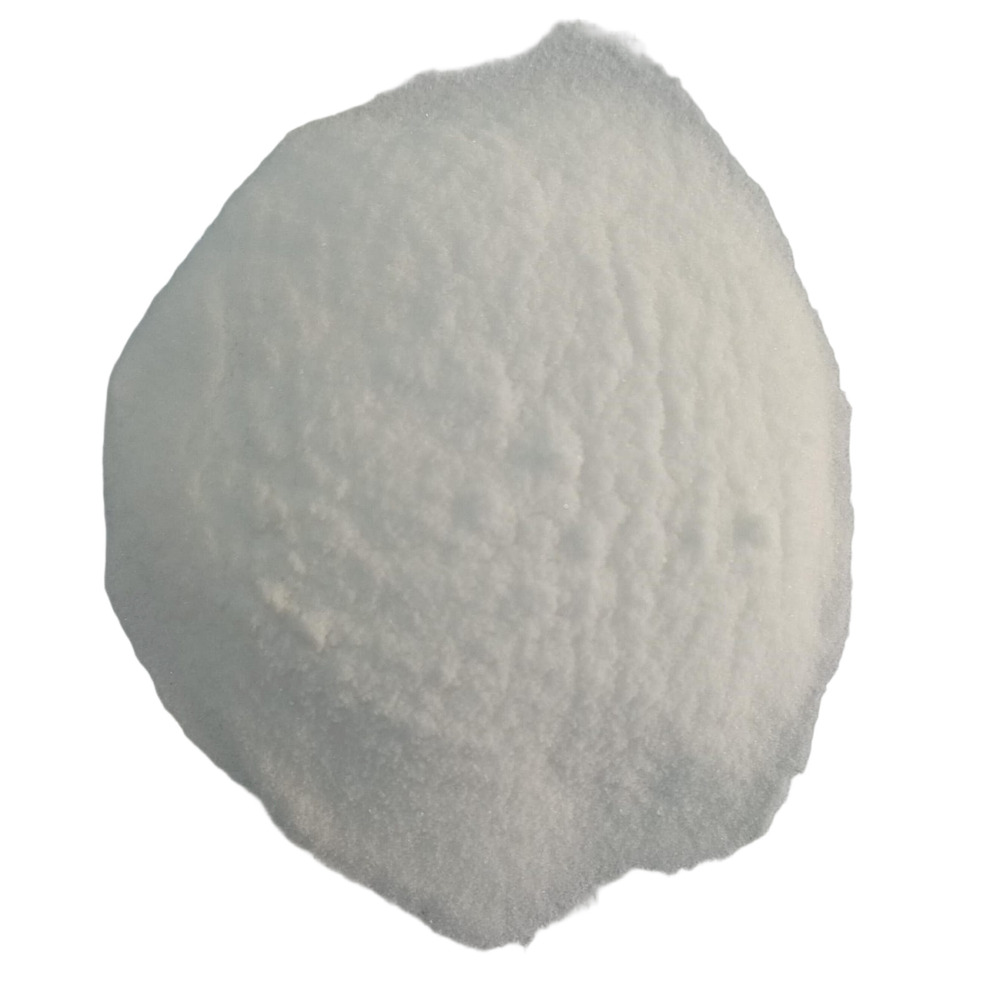
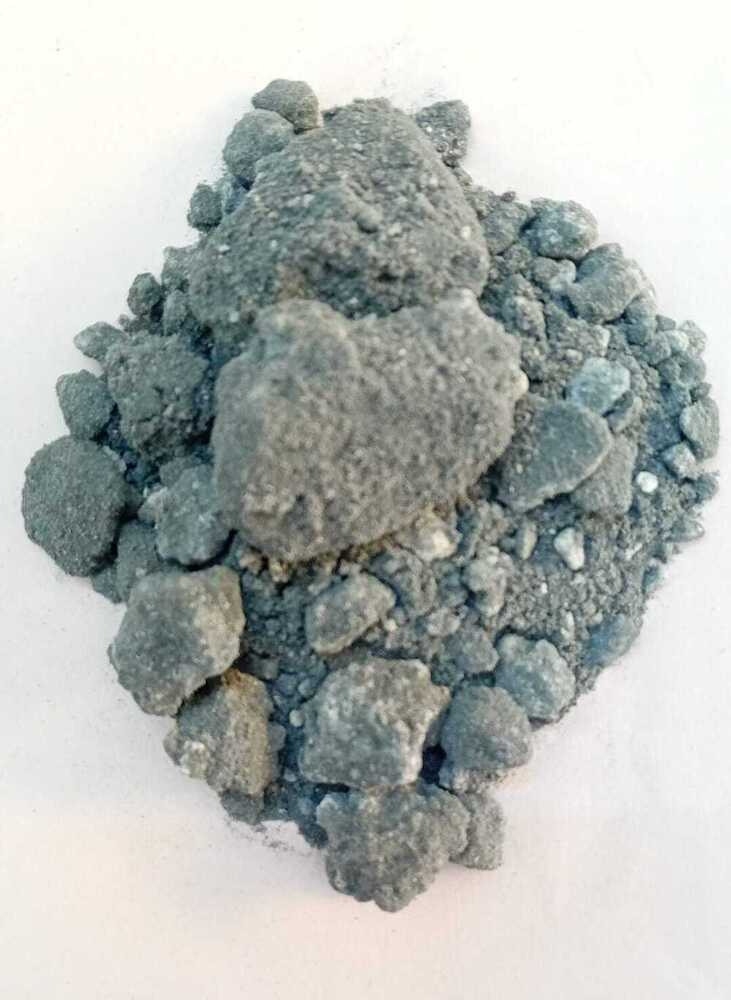
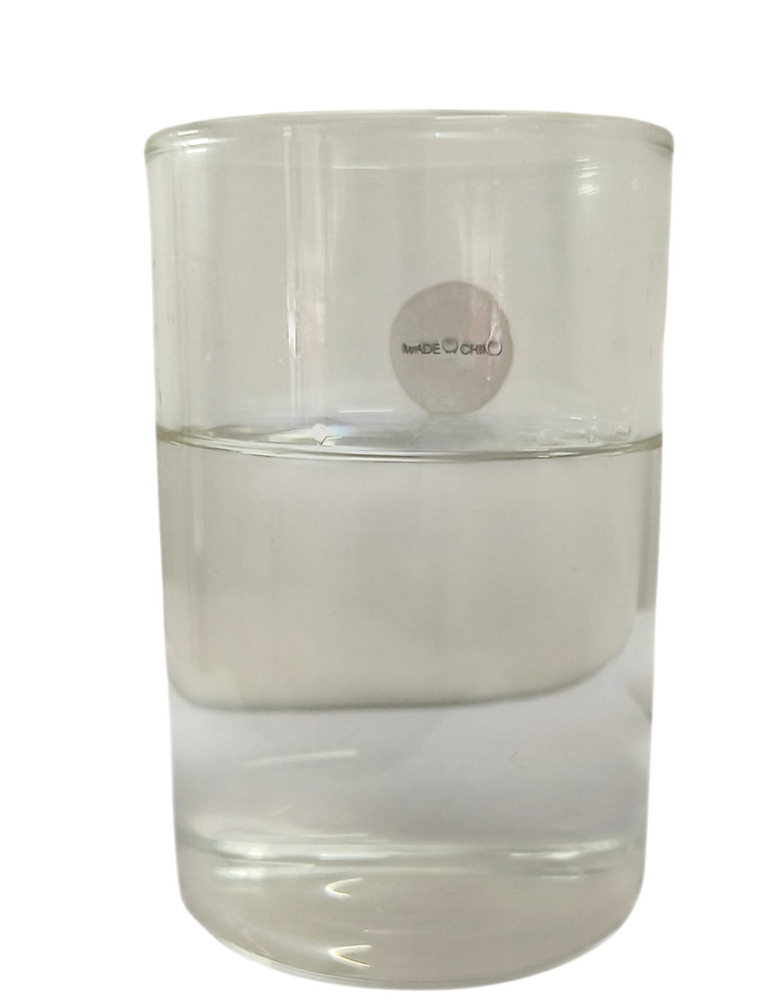
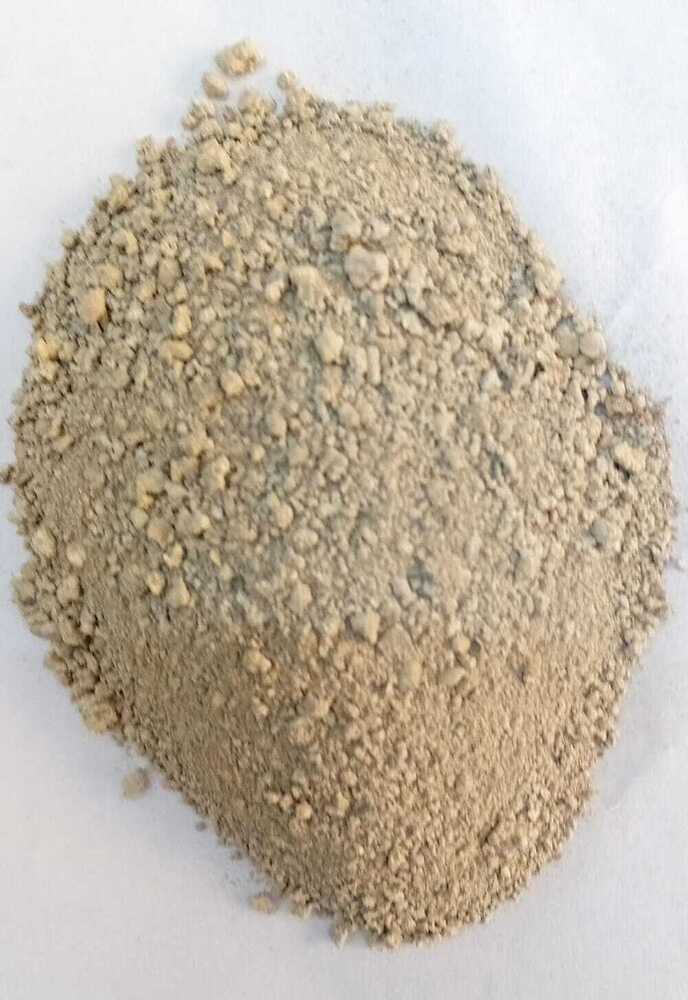
 Send Inquiry
Send Inquiry Send SMS
Send SMS